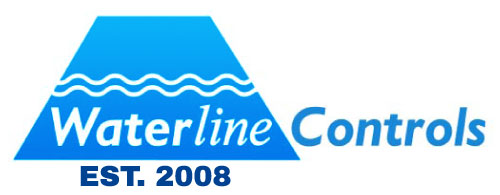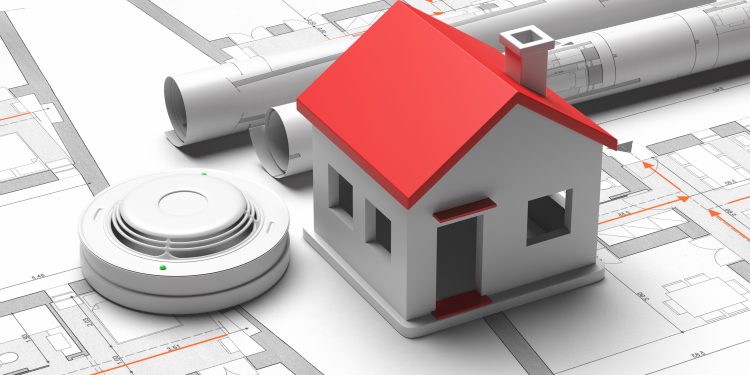What is a Building Management System?
The primary aim of the BMS (Building Management System) is to guarantee the safety of facility operation – read on to learn of some examples.
1.HVAC System. The duct temperature, pressure, and humidity, as well as exhaust temperature are connected to the BMS, and if their value exceeds defined limits, an alarm is generated.
2.Central Fume Collection, Laminar Flow Units, Dust Collection System, Central Vacuum System, Heat blowers. The BMS monitors the performance of these systems, allowing for early identification of units requiring maintenance. Sudden breakdown would signal via alarms and then appropriate action can be taken to protect the product.
3.Technical Steam System. Should, for instance, the pressure or temperature in the piping system fall below the defined regulatory values for clean steam, the BMS shall trigger an alarm, indicating a threat to product quality.
4.Hot Water System and Central Heating. Temperature and pump control monitoring via the BMS allows for a proper functioning of hot water distribution through the facility.
5.Chilled Water System. Control of the facility chillers could be supervised by BMS to monitor proper behavior of the system in terms of water/coolant temperature control or pump control to assure proper distribution within the distribution loop.
6.Sprinkler System (for fire safety).
7.Electrical Monitoring System. The BMS may monitor the consumed electrical power and the state of main electrical switches.
BMS Advantages
- It protects your most costly equipment by allowing you to keep close tabs on it and ensure it functions properly.
- It simplifies the management of your facility, making it easy to access and control any area of your building’s operations.
It helps your building operate more cost-efficiently through automatic scheduling and occupancy controls.
BMS Disadvantages
- Building management systems are expensive, sometimes costing hundreds of thousands of dollars at the outset in addition to high recurring fees to keep it operational.
- The limitations in the data it provides won’t help you achieve maximum energy savings and operational efficiency.
- It may be missing some of the smaller equipment that also offers opportunities for savings.
- BMSs are disparate, siloed systems that don’t work collaboratively.
Source: https://www.sciencedirect.com/topics/engineering/building-management-system
Waterline Controls™
Our level sensors and controls aren’t just for use in residential potable water holding tanks; some of the other applications include cooling towers, sump pumps, wastewater, boilers, water storage tanks, and building fire protection water tanks.

